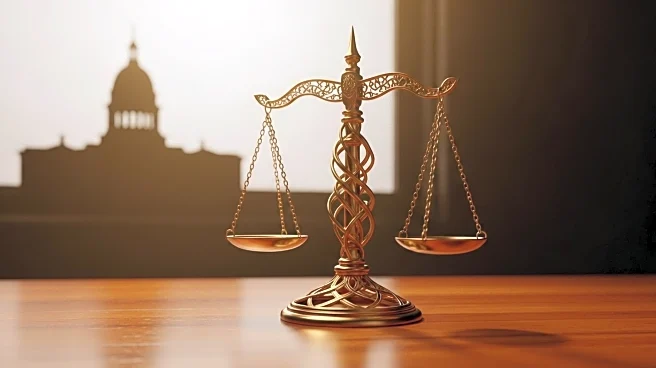What is the story about?
Oklahoma's governance is characterized by its structured decision-making processes and focus on accountability. The state's government plays a crucial role in managing its resources, promoting economic growth, and preserving cultural heritage.
Structure
The structure of Oklahoma's government is based on a system of checks and balances, with three branches: executive, legislative, and judicial. The executive branch is headed by the governor, who is responsible for implementing state laws and overseeing the administration. The legislative branch consists of the Oklahoma Legislature, which is responsible for making laws, while the judicial branch interprets and applies the law.DecisionMaking
Decision-making in Oklahoma's government involves collaboration between the executive, legislative, and judicial branches. The governor plays a key role in setting policy priorities and implementing state laws, while the legislature is responsible for passing legislation and approving budgets. The judicial branch ensures that laws are applied fairly and consistently.Oversight and Accountability
Oversight and accountability are important aspects of governance in Oklahoma. The state's government is subject to checks and balances, with each branch having the authority to oversee and review the actions of the others. Additionally, public engagement and transparency are emphasized, with citizens having the opportunity to participate in the decision-making process through elections and public forums.Funding and Resources
Funding and resources for Oklahoma's government come from various sources, including taxes, federal grants, and state revenues. The state budget is allocated to support essential services such as education, healthcare, and infrastructure. Effective management of these resources is crucial for promoting economic growth and ensuring the well-being of Oklahoma's residents.AI Generated Content
Do you find this article useful?















